CROATIAN CENTER of RENEWABLE ENERGY SOURCES
promotes
Electric vehicles (EVs) are propelled by an electric motor (or motors) powered by rechargeable battery packs. Electric motors have several advantages over internal combustion engines (ICEs):
- Energy efficient. Electric motors convert 75% of the chemical energy from the batteries to power the wheels—internal combustion engines (ICEs) only convert 20% of the energy stored in gasoline.
- Environmentally friendly. EVs emit no tailpipe pollutants, although the power plant producing the electricity may emit them. Electricity from nuclear-, hydro-, solar-, or wind-powered plants causes no air pollutants.
- Performance benefits. Electric motors provide quiet, smooth operation and stronger acceleration and require less maintenance than ICEs.
- Reduce energy dependence. Electricity is a domestic energy source.
EVs face significant battery-related challenges:

- Driving range. Most EVs can only go about 100–200 miles before recharging—gasoline vehicles can go over 300 miles before refueling.
- Recharge time. Fully recharging the battery pack can take 4 to 8 hours. Even a "quick charge" to 80% capacity can take 30 min.
- Battery cost: The large battery packs are expensive and may need to be replaced one or more times.
- Bulk & weight: Battery packs are heavy and take up considerable vehicle space.
However, researchers are working on improved battery technologies to increase driving range and decrease recharging time, weight, and cost. These factors will ultimately determine the future of EVs.

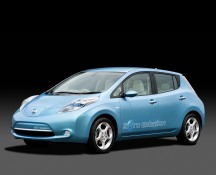
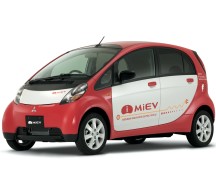
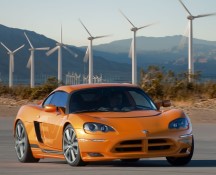
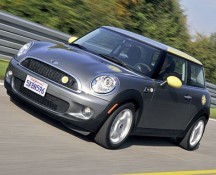

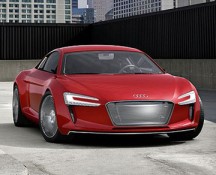

No comments:
Post a Comment